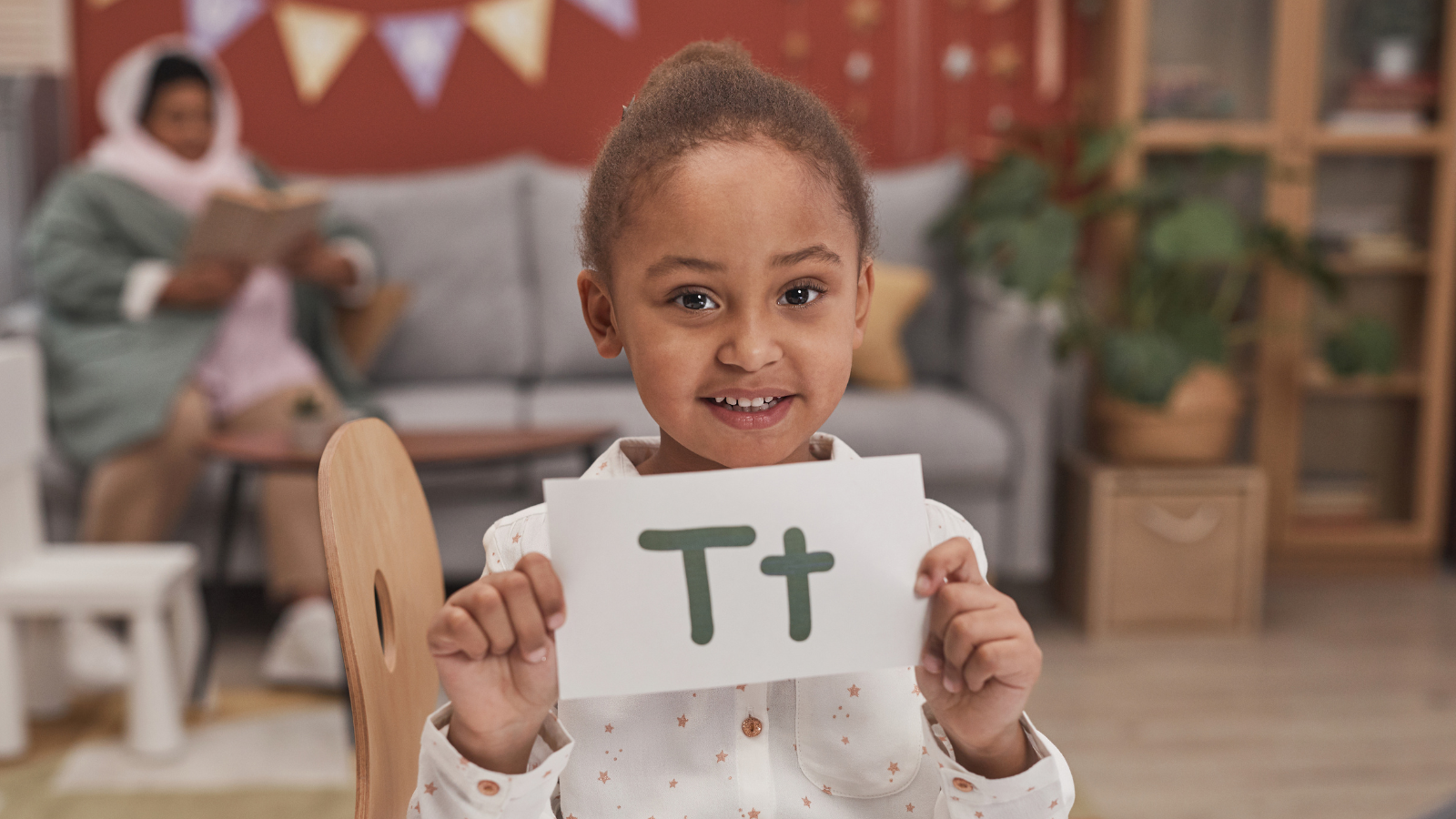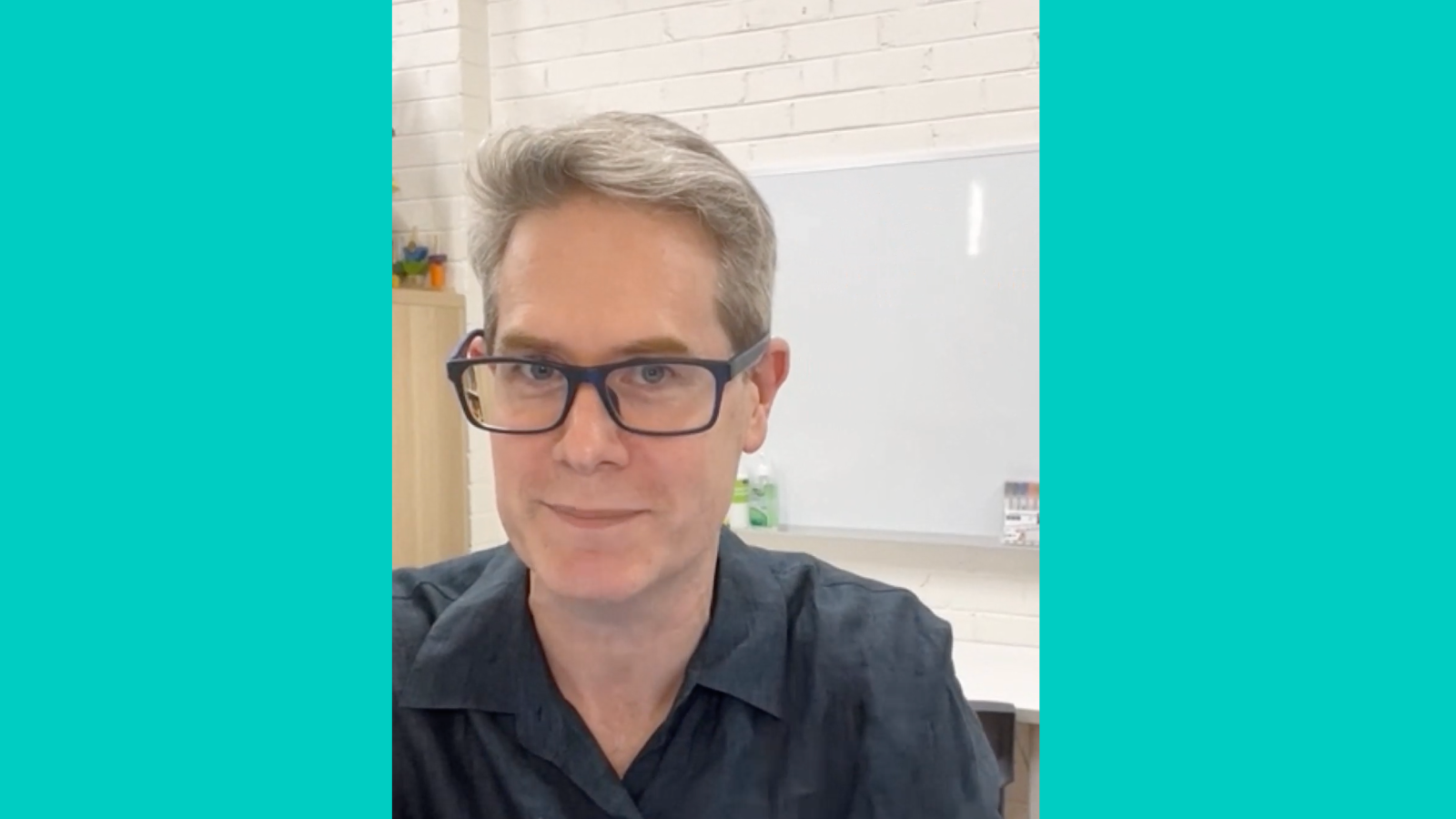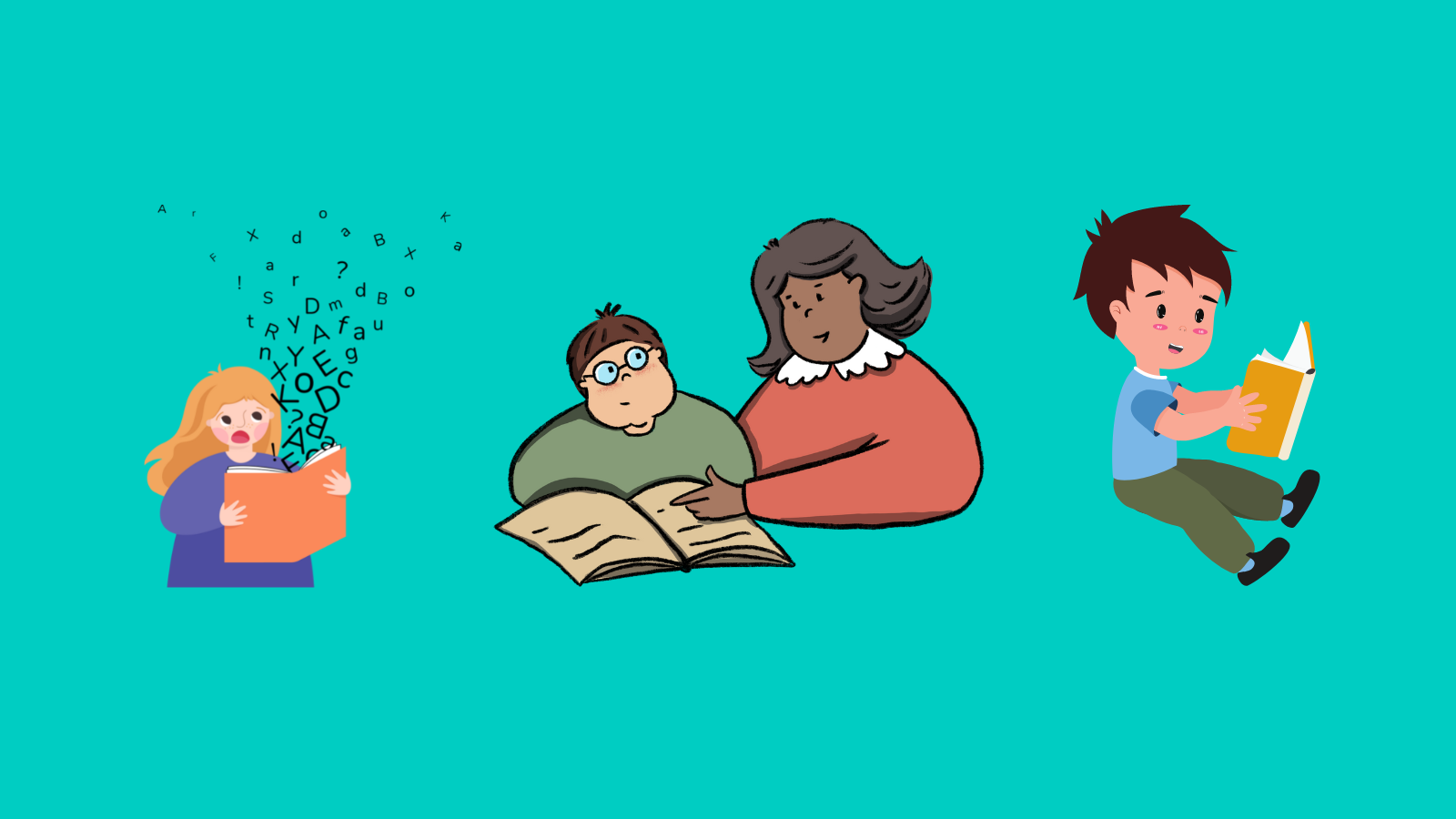The Pesky Lisp Fixer: a new evidence-based approach for kids whose interdental lisps won’t stay fixed!
Don’t you hate those pesky interdental lisps? You know, the ones that won’t stay fixed?
To fix an interdental lisp – those lisps where your tongue sticks out between your teeth when you try to say /s/ – speech pathologists used to start with simple tasks, like saying an /s/ on its own. Once the child had mastered their /s/, we progressed in tiny hops (like baby bunny kittens) to slightly harder tasks. This traditional approach works.
But it’s SO SLOW!
Many kids – particularly older and more mature kids – hate being treated like babies. And, even after finishing traditional treatment, many kids have difficulties using their “new /s/” on words they haven’t practised and in more natural tasks, like story-telling and conversation. Which is, of course, the main point of trying to fix a lisp!
A new approach
More recent research evidence supports a different route for better results. Once a child can say the sound on his or her own, randomly mixing up hard and easy tasks can have quicker results that transfer more efficiently to real-world, lisp-free speech (e.g. see Skelton, 2004).
(You can read more about why using randomised practice, non-word practice and other principles of motor learning and speech here).
Our Pesky Lisp Fixer program has three stages
- Auditory Bombardment: 2 minutes per day – listening and tuning into the sound and practising it on its own. Audio file included!
- Our /s/-Syllable Boot Camp: Based on principles of motor speech, the boot camp involves 10-15 minutes a day of high repetition practice of nonsense syllables designed to get the tongue, lips and teeth working together with different vowel and consonant sequences in random order.
- Randomised Practice: Once you’ve conquered the boot camp, this gives you 20-30 minute sessions of imitating and naming words with /s/ in them, across all word positions. Again using a high repetition, randomised approach, we mix imitation, naming, and sentence generation tasks, with old-fashioned story telling, using over 200 high quality photographs – no cutesy vector clip art.
This program works best if an adult is around to give clear feedback every now and then – but no more than occasionally.
So download the Pesky Lisp Fixer today and get straight into getting rid of that pesky lisp!
Related articles:
- FAQ: Lisps
- Beyond flashcards and glue sticks: what to do if you or your 9-25 year old still has speech sound issues
- How to use principles of motor learning to improve your speech

Hi there, I’m David Kinnane.
Principal Speech Pathologist, Banter Speech & Language
Our talented team of certified practising speech pathologists provide unhurried, personalised and evidence-based speech pathology care to children and adults in the Inner West of Sydney and beyond, both in our clinic and via telehealth.







